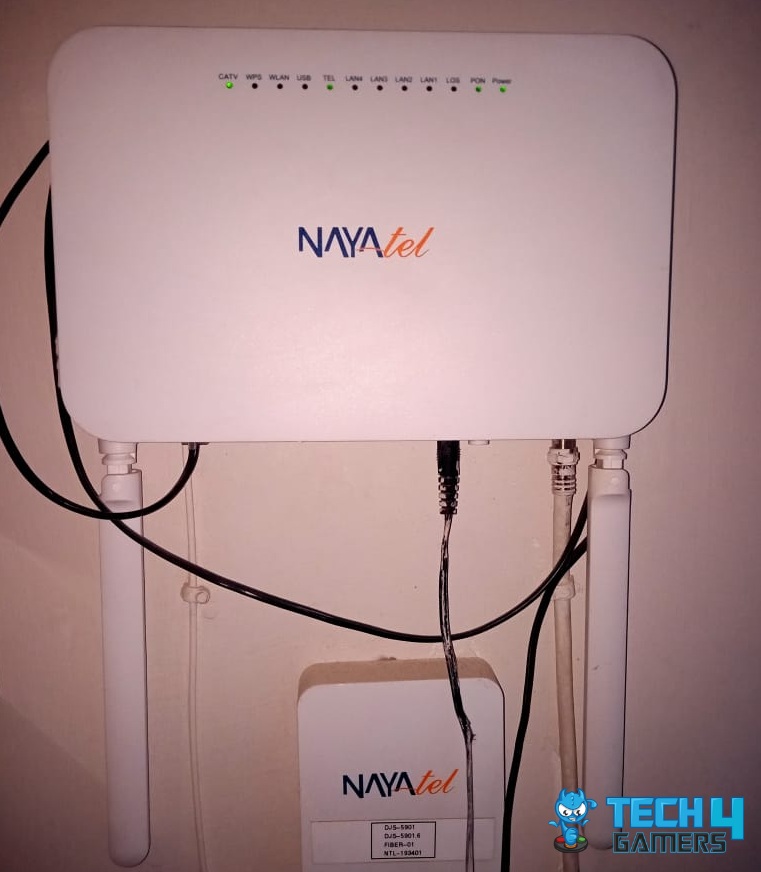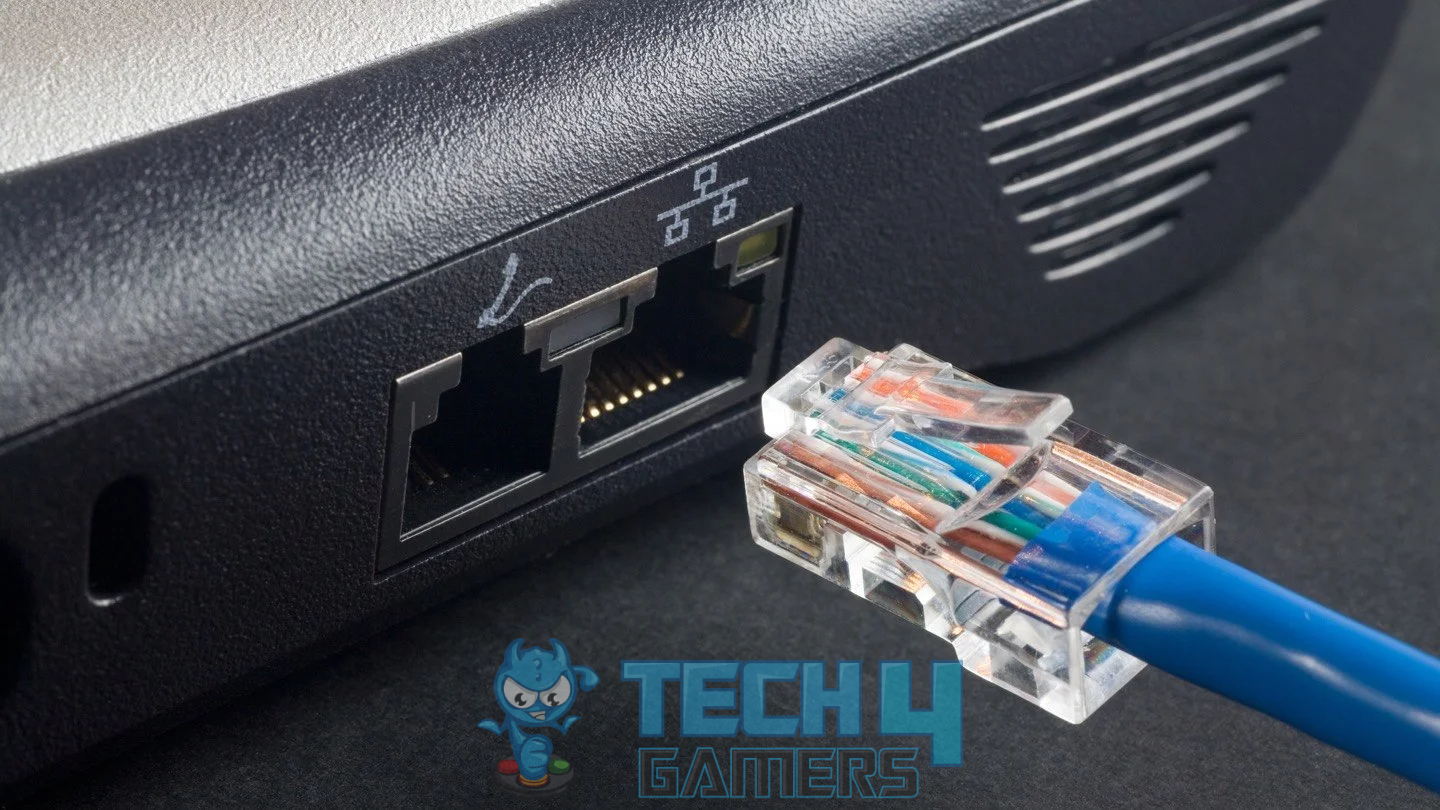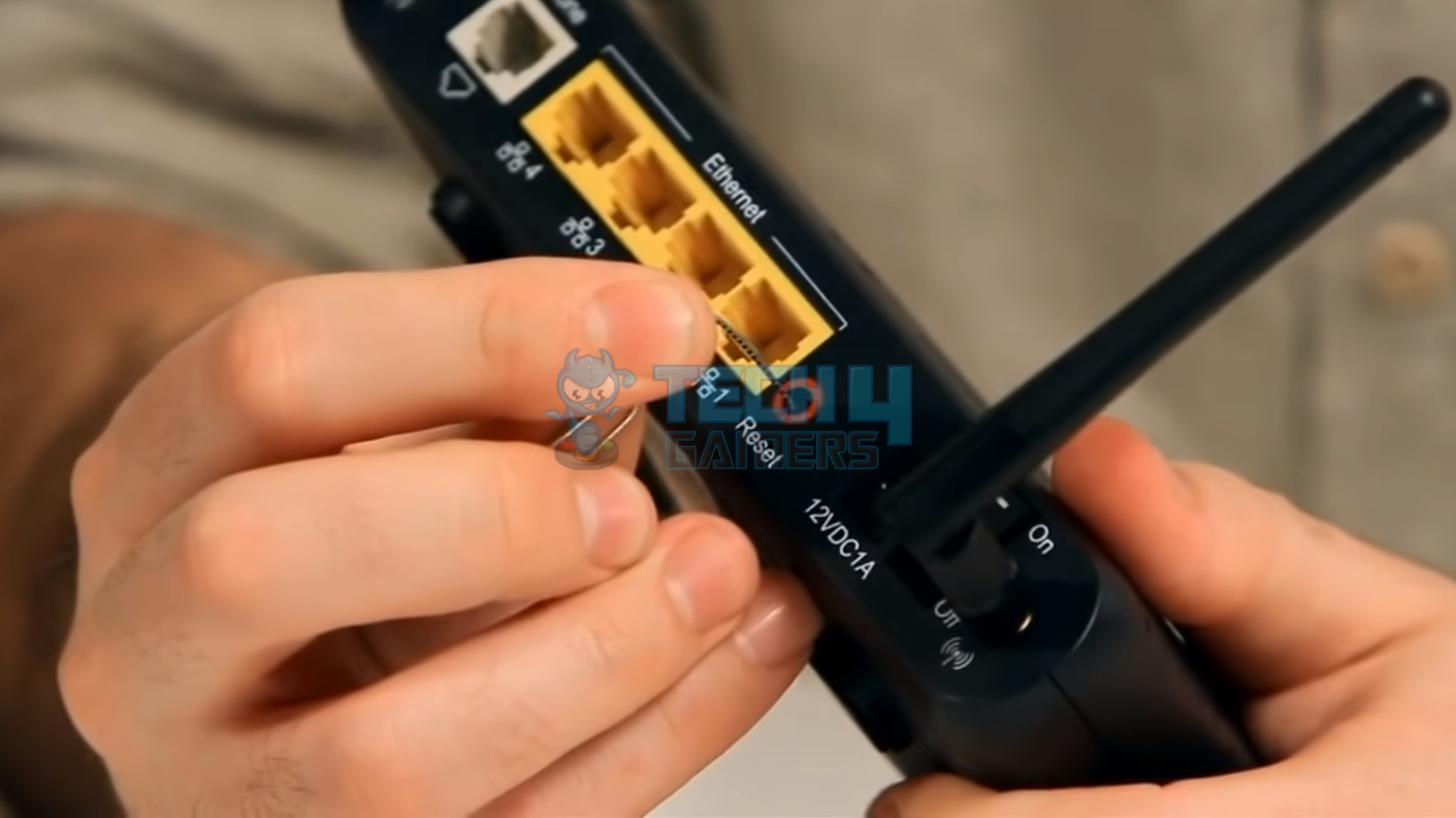- Wi-Fi 6 reduces latency enough to challenge Ethernet connections.
- Ethernet works best in competitive gaming settings where a stable connection is crucial.
- Interference is the biggest hurdle for Wi-fi to catch up with Ethernet.
- Wi-Fi 6 has allowed wireless internet to close the gap with Ethernet connections by significantly reducing latency.
All professional gamers give the same advice: “If you want the best performance, use Ethernet”, but why is this so? For years, Ethernet has been regarded as the gold standard in low-latency, stable, and reliable gameplay.
However, with the arrival of Wi-Fi 6, wireless technology has caught up with Ethernet, now delivering faster speeds and lower latency. Let’s dive right into Wi-Fi 6 vs Ethernet.
Understanding the Technology
An Ethernet connection is a direct wired connection from your system to the router. This ensures a stable connection with minimal interference and reduced packet loss as data travels through a secure path.
Many competitive gamers prefer Ethernet as it gives them an edge. It provides stability in competitions where even the slightest advantage can be crucial.

On the other hand, Wi-Fi 6 is built on the latest wireless technology. This enables it to handle multiple devices simultaneously and deliver performance in crowded environments with minimal interference on par with Ethernet. With the help of technologies such as OFDMA and MU-MIMO, Wi-Fi 6 can provide a smooth connection crucial to competitive gamers.
Network Speed and Latency
When comparing Wi-Fi 6 vs Ethernet, Wi-Fi 6 can theoretically reach Gigabit-level speeds. Numerous tests have demonstrated that Wi-Fi 6 can achieve impressive download and upload speeds, which rival those of a standard Ethernet connection. This means you can download at the same speed on multiple devices rather than being limited.
The real difference is in latency. Despite the technological upgrade of Wi-Fi, Ethernet still manages to deliver the lowest ping. This is because it avoids any interference from walls, other networks, or household electronics. Wi-Fi 6, however, is very close to Ethernet in terms of minimal interference and is suitable for most types of online gaming.
Stability is Most Important
As gamers, one thing we all hate is high ping at crucial gameplay moments, which could cost us the game. To us, stability is more important than raw megabits per second. This is exactly where Ethernet excels by delivering interruption-free gameplay in the battle of Wi-Fi 6 vs Ethernet, but why is that?
You see, wireless signals tend to get disrupted by thick walls, household appliances, and other networks, resulting in poor Wi-Fi signals. Additionally, when multiple users use the same connection, the network speed drops.

Wi-Fi 6 is significantly better at handling these issues than earlier iterations, but cannot avoid them entirely. Its ability to intelligently manage devices and allocate bandwidth indeed does help maintain stability, but in environments of high interference, Ethernet still has the edge.
Practically speaking, the implications may vary for each individual. For example, in small homes or workplaces, sitting closer to the router, Wi-Fi 6 may deliver speeds comparable to a wired connection. Many users, however, report no difference between the two while gaming, showcasing how far wireless connections have come
Wi-Fi 6 is More Convenient
Despite Ethernet’s technical supremacy in the battle of Ethernet vs Wi-Fi 6, wireless offers something gamers value a lot, which is convenience. Not everyone can run cables across their rooms or drill holes through walls. Ethernet bounds you; you can go only as far as the cable allows.

Laptops, handheld devices, and multi-device setups all benefit from the mobility Wi-Fi allows. Many players refuse to give up this freedom that they have for a slight difference in performance.
Apart from this, Wi-Fi 6 is also able to handle household traffic better than any previous technology. This makes it suitable for families, shared spaces, and gamers who frequently switch rooms.
Latest Updates
What Should You Choose
At the end of the day, it all boils down to you. If your priority is a stable connection with good network speeds and no mid-game session surprises, then Ethernet is the better choice. However, for gamers who do not want to be bound, Wi-Fi 6 is the way to go.
In casual gaming or story-driven games, the difference between Wi-Fi 6 and Ethernet is negligible. Only competitive gamers or those in challenging environments may need an Ethernet connection. The saying that “wired is better” is no longer absolute thanks to the constant advancements in wireless technology.
Thank you! Please share your positive feedback. 🔋
How could we improve this post? Please Help us. 😔
[Comparisons Expert]
Shehryar Khan, a seasoned PC hardware expert, brings over three years of extensive experience and a deep passion for the world of technology. With a love for building PCs and a genuine enthusiasm for exploring the latest advancements in components, his expertise shines through his work and dedication towards this field. Currently, Shehryar is rocking a custom loop setup for his built.
Get In Touch: shehryar@tech4gamers.com


 Threads
Threads

